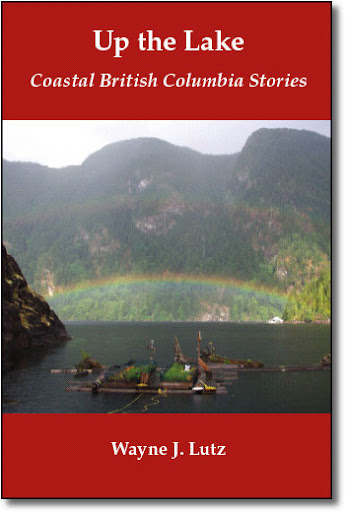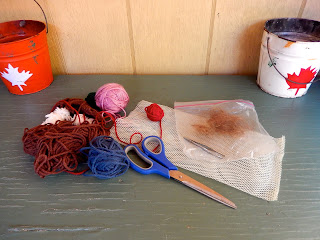Julie's Airport Cafe in Powell River, BC
 |
| Julie's Airport Cafe in Powell River, BC |
The original name was Julie's Airport Market and Grill. There's no longer a market so Julie can focus on what she does best, make some of the best food in town.
 Wayne and I went for breakfast and were blown away at Julie's remodel. Wow!
Wayne and I went for breakfast and were blown away at Julie's remodel. Wow!But I'm sure glad she kept the airplane theme.
Julie's is open seven days a week for breakfast and lunch. You never know who you'll find at the next table, a neighbour, a local bigwig, or someone who just flew in to get some good eats.
On a recent visit we discovered a unique "table." It's part art and also a place to sit and eat. It was created by O.C. "Dobie" Dobrostanski, the artist from Dogwood Studio on nearby Texada Island.
 |
| The Warbird Tables created by Dobie Dobrostanski from Texada Island. |
The fuselage of the airplane is a wall mural, but the wing and tail are tables where customers can sit and enjoy breakfast or lunch. How cool is that?
 |
| Hand painted giant saw blade and helicopter rotor blade over the door. |
The walls and ceiling of Julie's are covered with aviation pictures and aircraft models.
 |
| Some of the many airplane models hanging from the ceiling. |
If you live in or visit Powell River, you've got try Julie's for a tasty breakfast or lunch. Then head on over to the airport and watch some real airplanes take off and land. -- Margy


























































